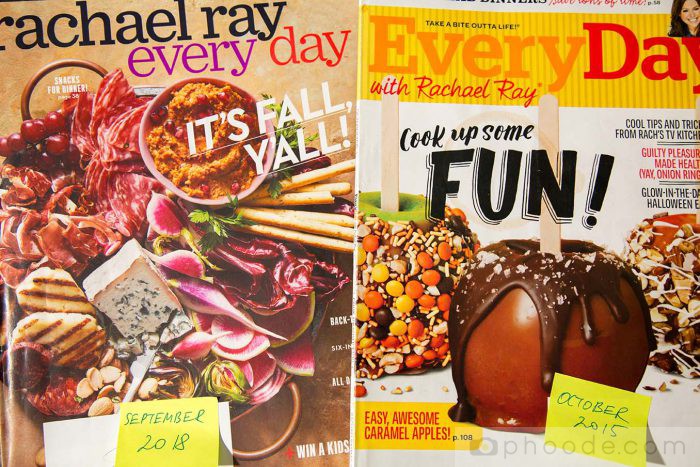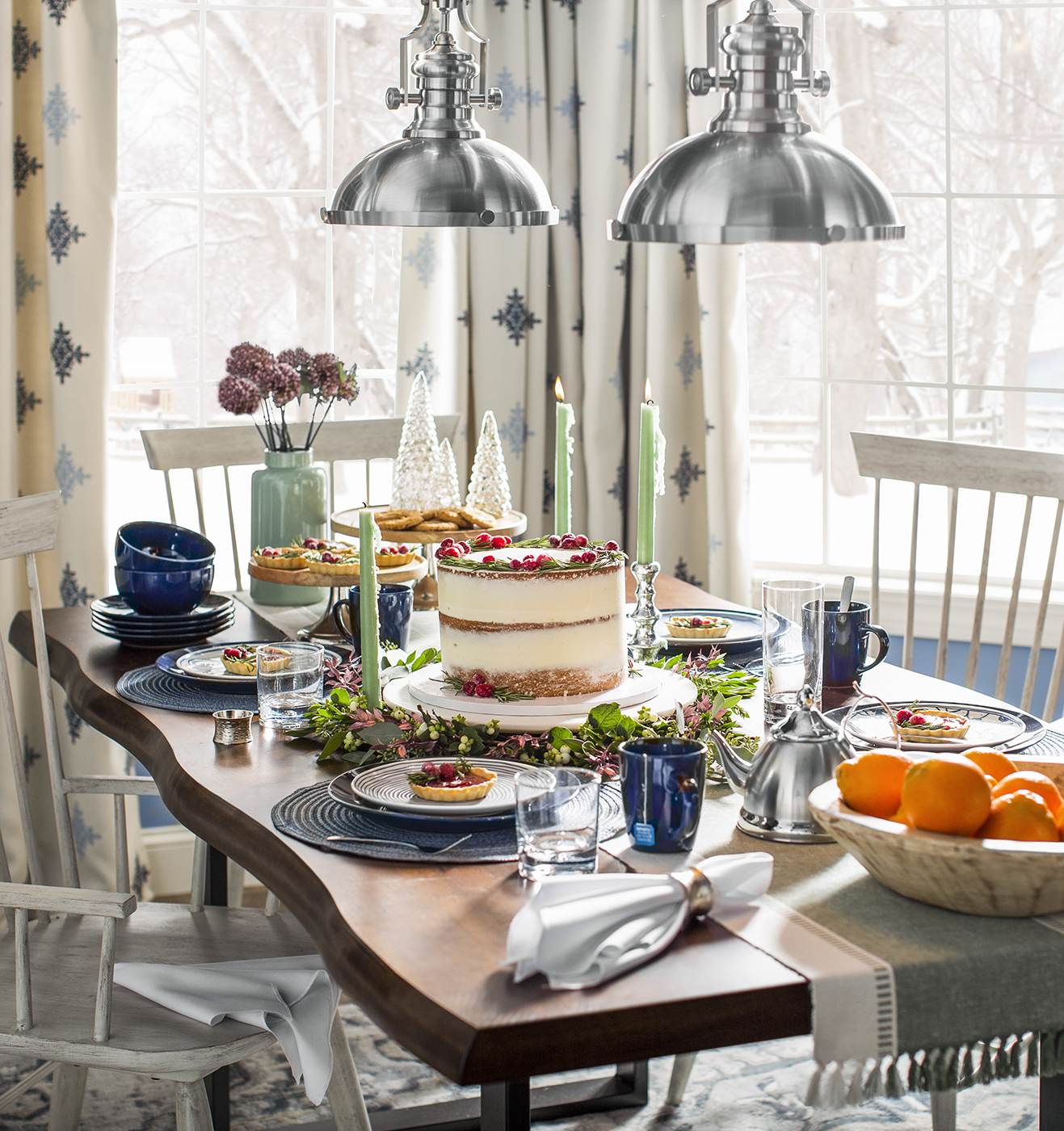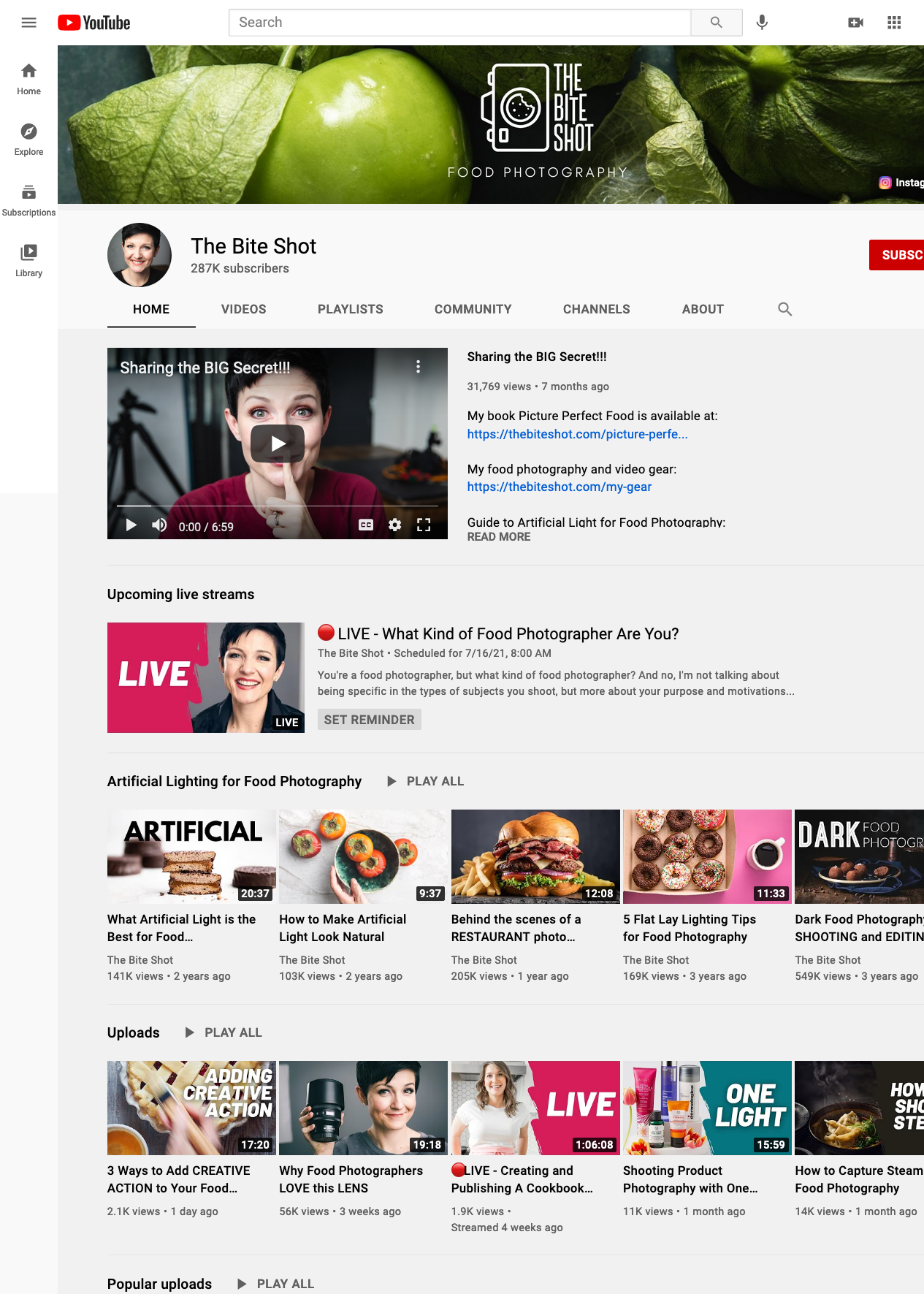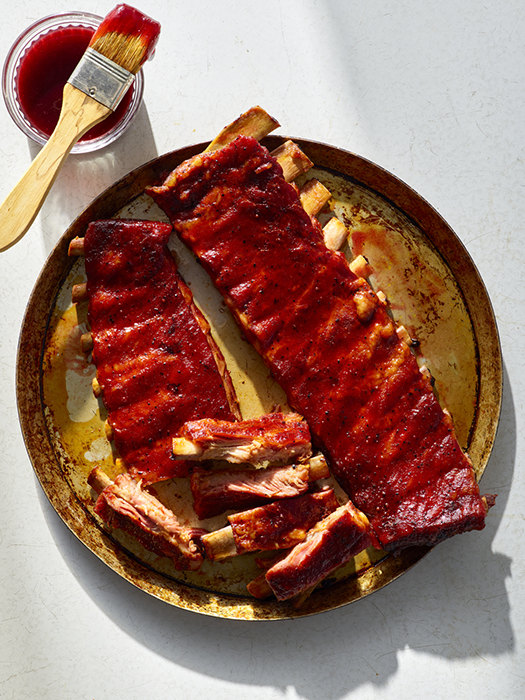The Job of the Food Magazine Photo Editor
A magazine’s photo editor once told me the following story:
I can’t tell you how many times someone has asked me what I do for a living. When I tell them I’m a “photo editor”, they have no idea what I’m talking about. They usually respond with something along the lines of, “Oh, that sounds interesting”. Having worked as a photo editor in magazines for 10 years, I can tell you it’s a lot more than just interesting.
So, what is the role of a food magazine photo editor?
Let’s get one thing straight. Being a magazine photo editor does not mean sitting at a computer all day, altering images in Photoshop. In fact, that has nothing to do with being a “photo editor” in the context of an established food magazine. The short and simple answer is that a food magazine photo editor is responsible for all of the photography and artwork you see in a magazine or on a digital food platform.
Images are generally procured in one of two ways: either by creating original content (i.e. producing photo shoots) or by “pickup”, which means purchasing pre-existing content (i.e. stock photography and photo research). In a perfect world, everything would be shot for the magazine. Unfortunately tight budgets, short deadlines and busy schedules often don’t allow for that to happen. The more established a publication happens to be, the more custom content they’ll likely have at their disposal. This is because large publications usually have an in-house team of creative directors, skilled food photographers, and talented food and prop stylists.
Sometimes, structural and financial problems mandate stylistic changes. When a magazine or platform runs into such a roadblock, it’s a photo editor’s duty to reinvent a brand’s identity to make it relevant (and profitable) again.
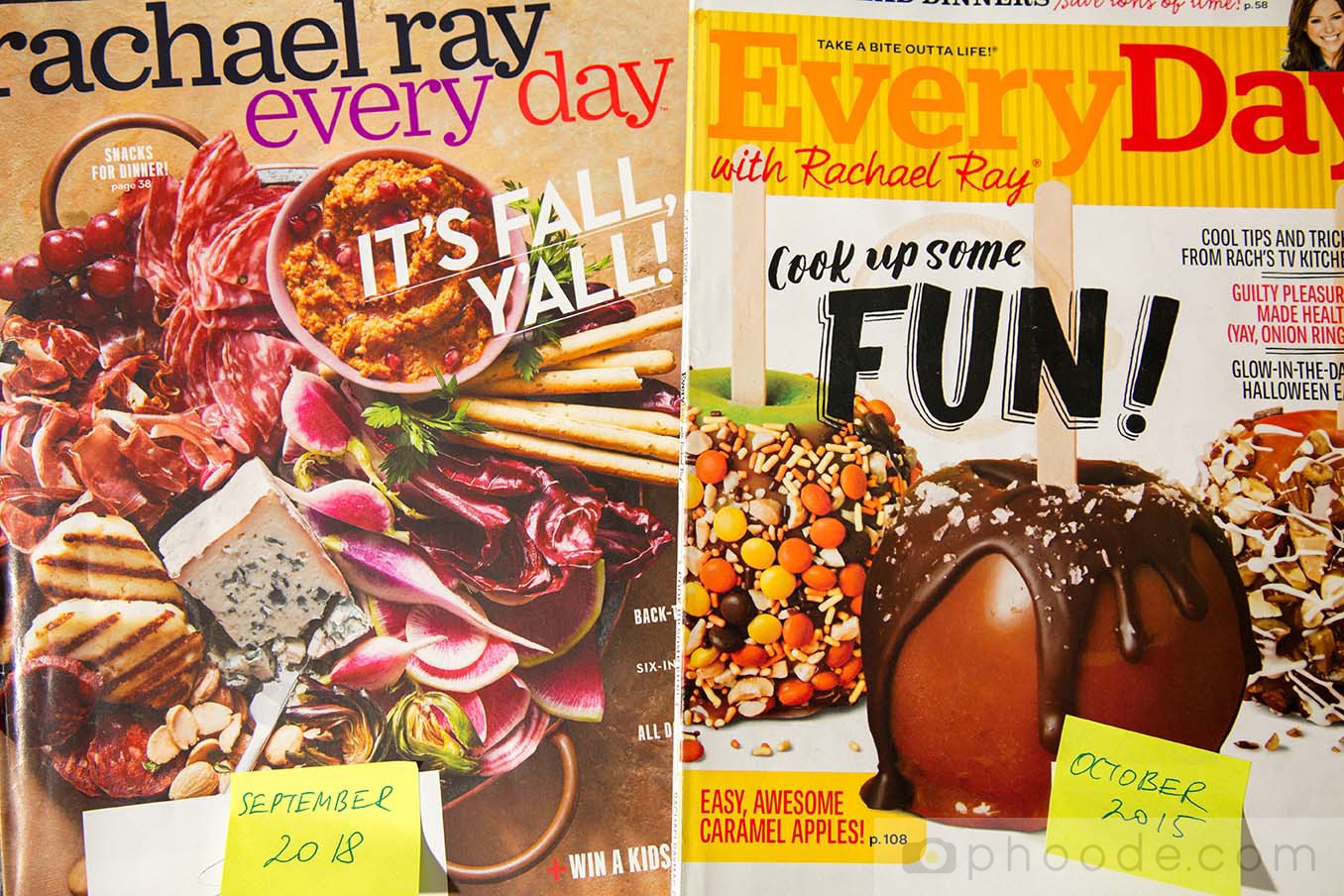

When producing original content, it’s often a magazine photo editor’s job to organize food photoshoots from start to finish. It typically begins with conceptualizing the shoot by creating mood boards and creative decks. Depending on the subject, it’s also necessary to compile the best team possible for the particular project at hand. This means that the food magazine photo editor has to choose and hire the best food photographers and stylists possible.
A lot of little details also falls under the editor’s list of responsibilities. This can include anything from locations to permits to catering. For more complex or distant shoots, it’s also common for photo editors to hire producers to help carry some of the load. Nevertheless, photo editors typically go on set for shoot days. That’s because it’s of the upmost importance to make sure everything is running smoothly and that the creative team is achieving the aesthetic outlined in the creative decks.
Using pickup imagery doesn’t necessarily mean less work for the food magazine photo editor. When sourcing outside images, the editor is responsible for doing all of the necessary photo research and coordinating within the creative team. It’s important to be thorough and accurate, as each food magazine wants the best, most original imagery possible. You don’t want to use images or an editorial style similar that of another publication – especially if they are a competitor! This requires excellent negotiation skills and a meticulous understanding of copyright law.
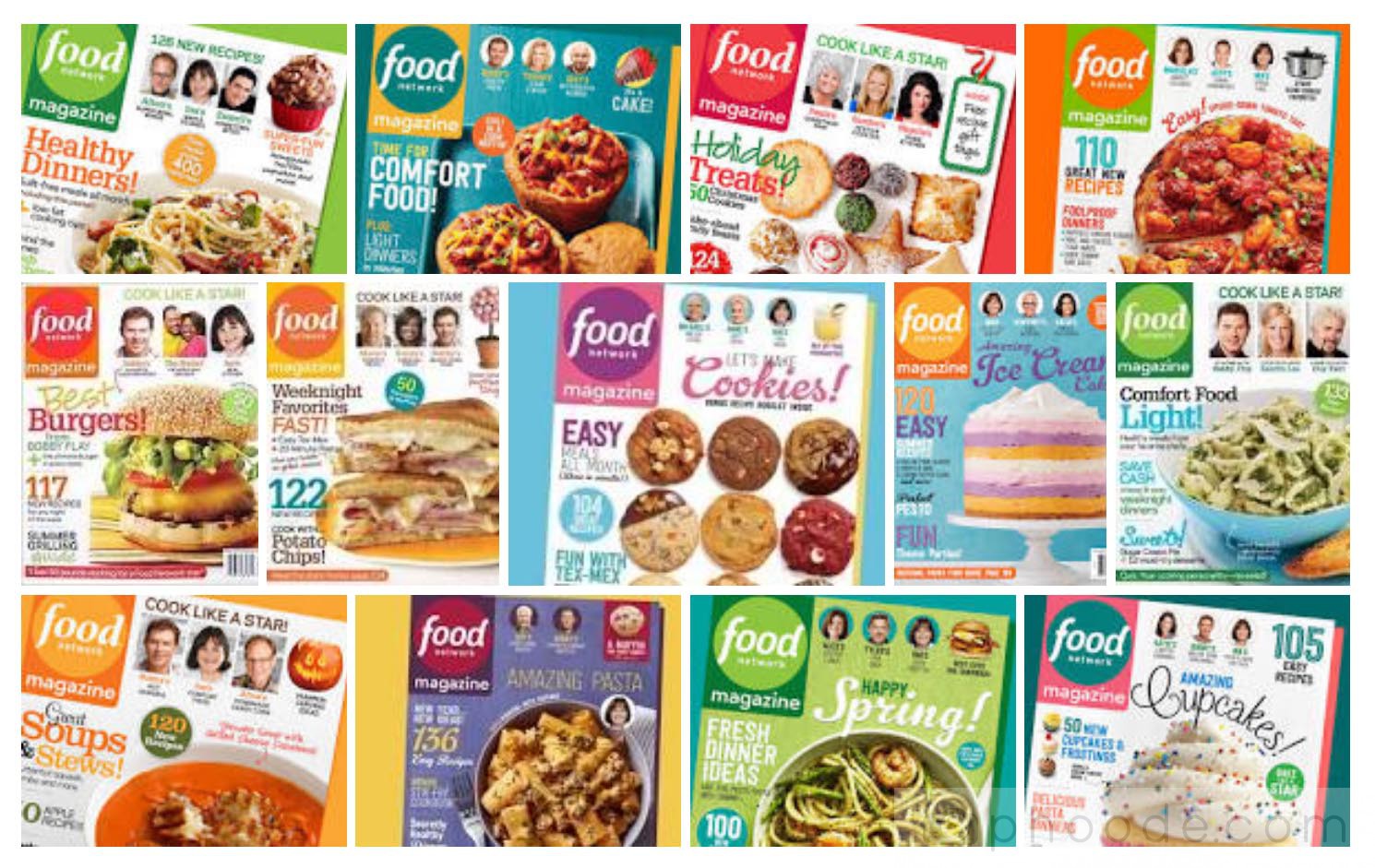
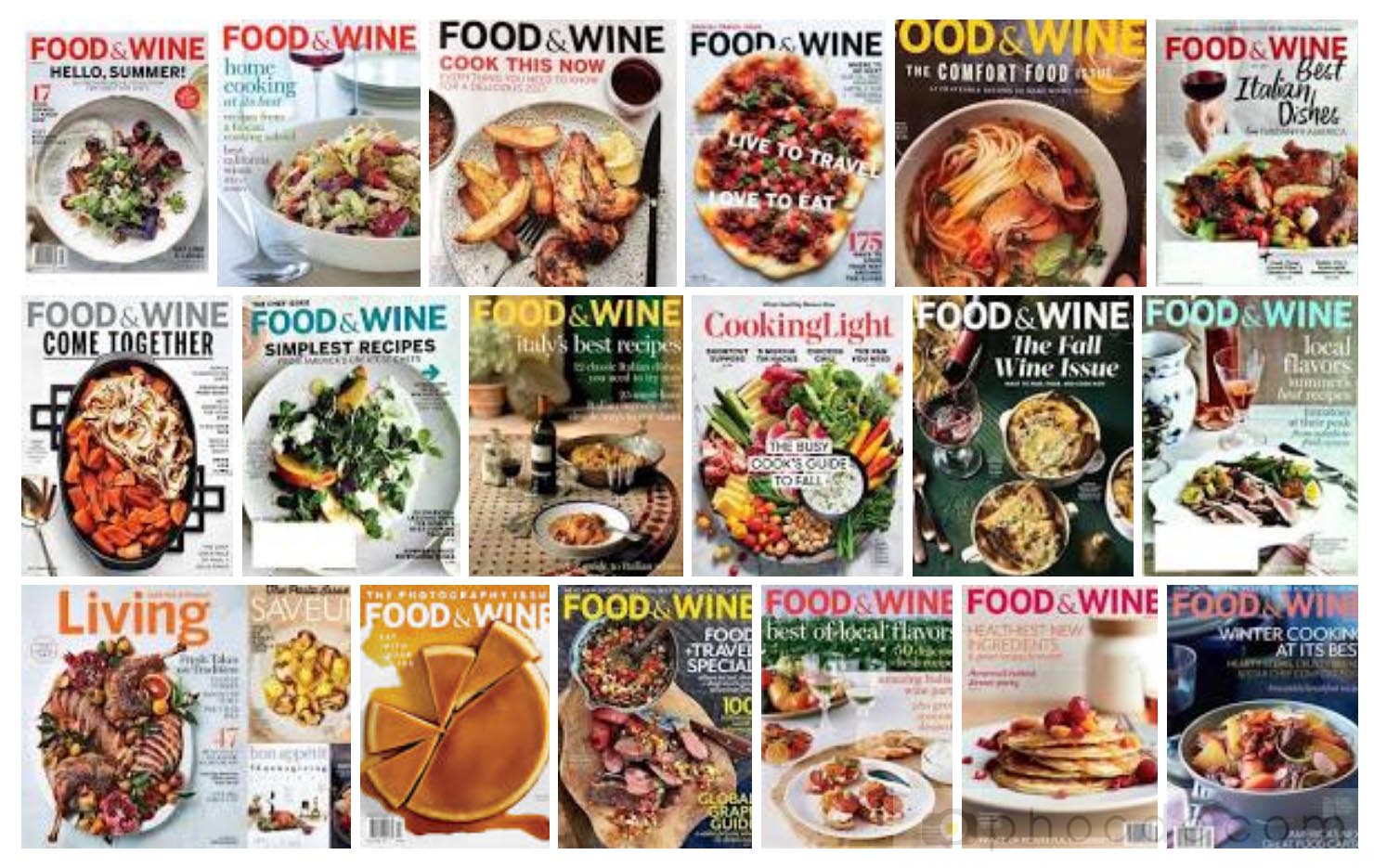

Once all of the images are in (regardless of where they’ve been sourced), a magazine photo editor’s job still isn’t done. Overseeing the post-production process is an important. It’s important to make sure that all of the images translate well to whatever medium you are working in, whether that be print or digital. It’s absolutely necessary to make sure that every image has been properly prepared and credited before publishing
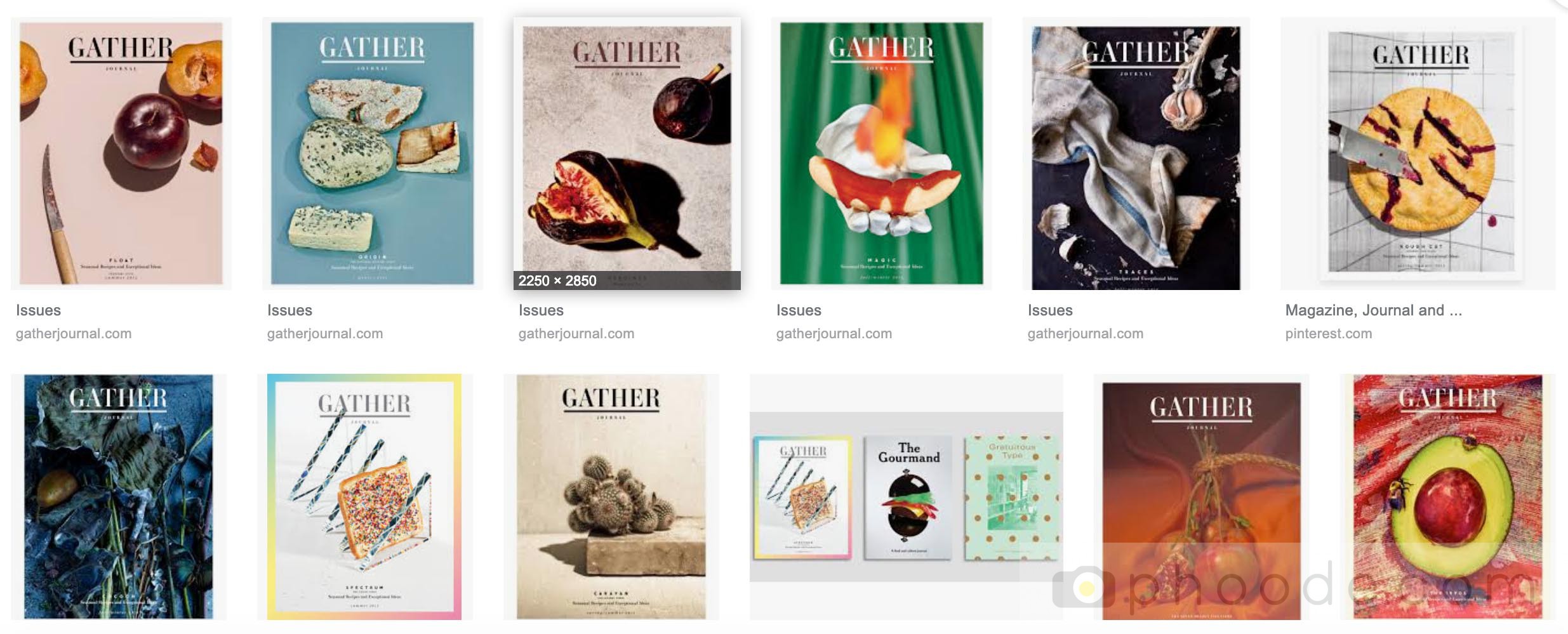
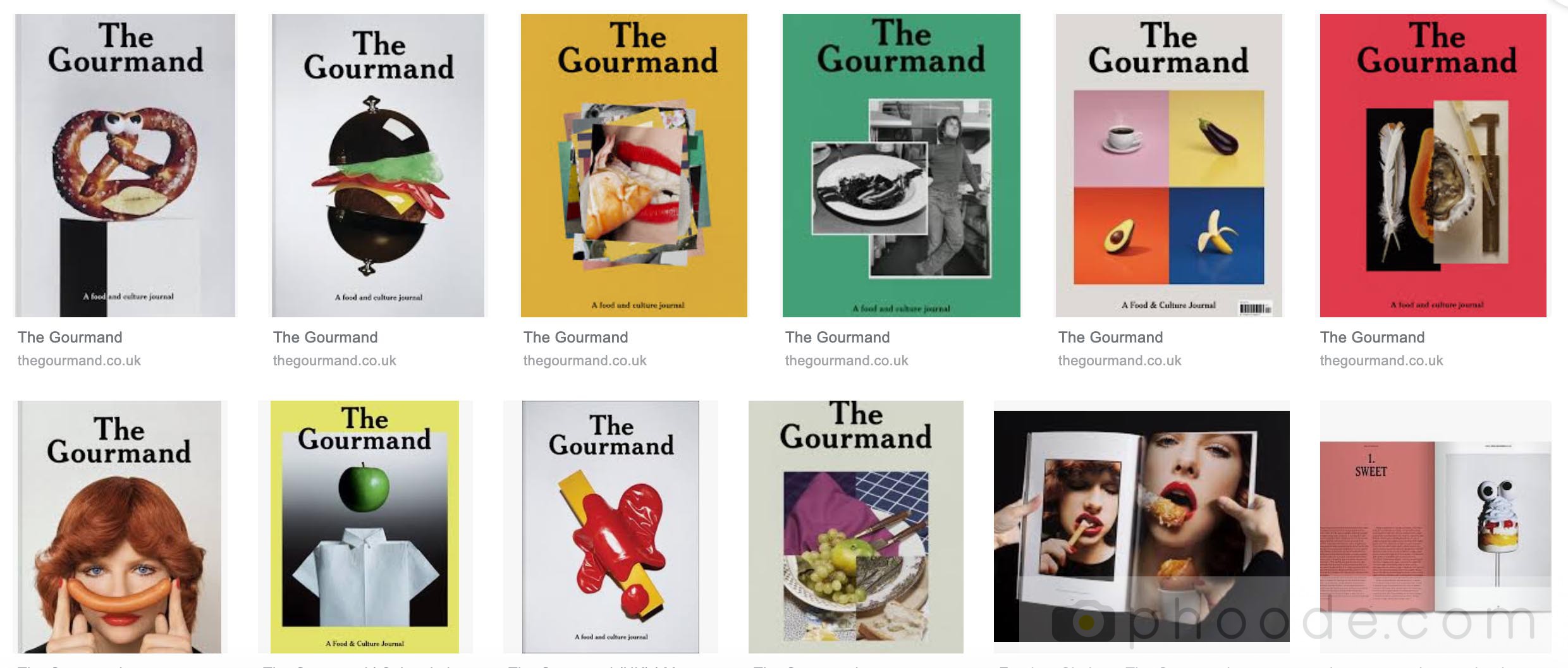
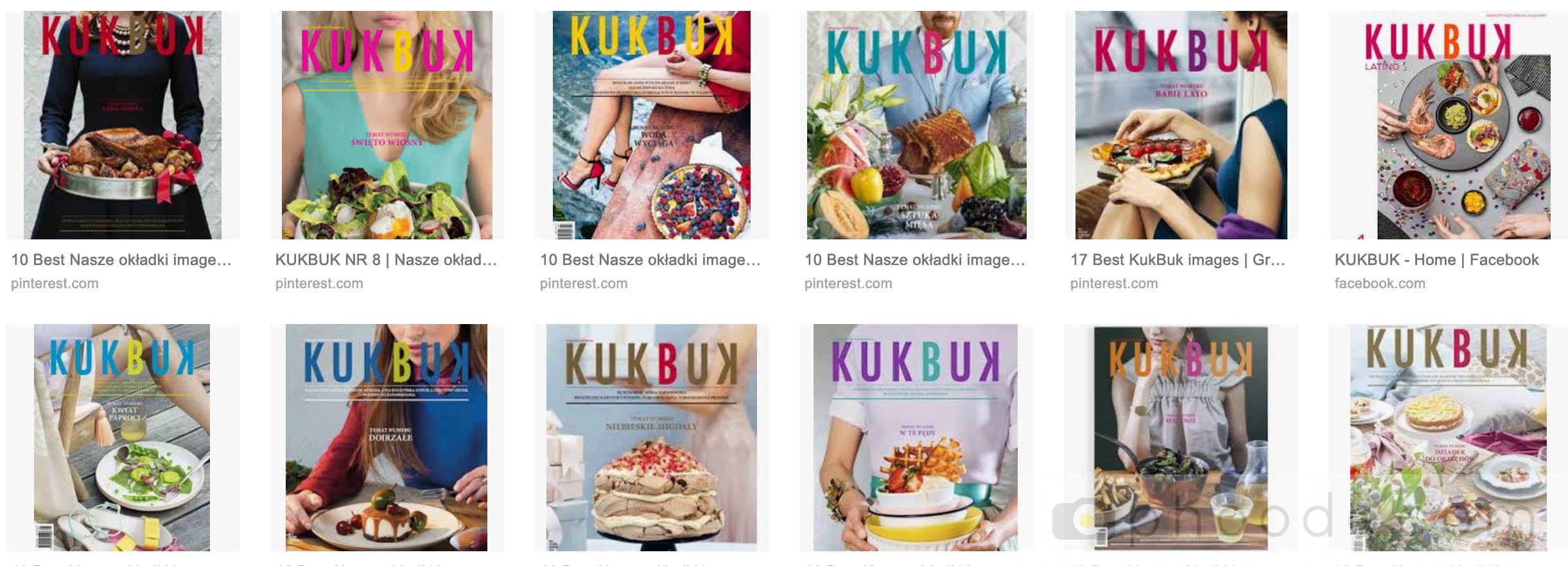
So, as you can see, there is very little “editing” that goes into being a photo editor. It’s actually more about thinking conceptually and creating imagery. A food magazine photo editor’s role isn’t just to ensure that creative content in line with the magazines brand’s aesthetic. A good editor will constantly push a brand forward – no matter what needs to be done to accomplish.




